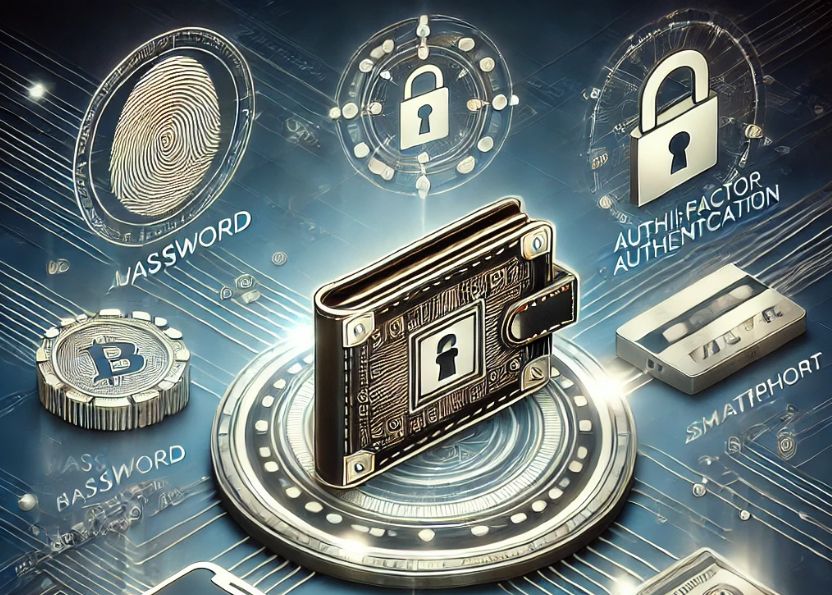Story Highlights:
- Multi-factor authentication (MFA) adds critical security layers to cryptocurrency transactions, reducing the risk of unauthorized access and safeguarding assets.
- Implementing MFA in crypto exchanges provides an essential defense against cyber threats, protecting users and platforms from potential breaches.
- MFA combines knowledge, possession, and inherence factors, creating a robust security system for cryptocurrency wallets and transactions.

As more people invest in cryptocurrencies, the question of their security does not disappear. Multi-factor authentication (MFA) is set to become the standard for protecting crypto wallets and exchanges to prevent unauthorized access.
Understanding Multi-Factor Authentication in Cryptocurrency
When it comes to MFA, it is not a concept that is desirable for the organization’s security; it is something that needs to be implemented in today’s world. Compared to two-factor authentication (2FA), MFA uses several factors; thus, the number of verification steps makes it practically impossible for a hacker to intrude into the crypto accounts. The strengthening of different authentication factors is effective as the other layers remain strong even if one layer falls and puts the user’s resources safe.
Most of the modern security threats target resourceful attacks such as single-factor authentication which only involve the use of passwords. MFA helps to remove this vulnerability by ensuring that two or more methods are used to authenticate the user for example; Password (Knowledge Factor), phone (Possession Factor), and fingerprints (Inherence Factor). This layered approach of authentication makes sure that even if one authentication method has been penetrated the other one is still there to act as a barrier.
Types of Authentication Factors in MFA
The typical way in which encryption occurs when creating an MFA for cryptocurrency accounts is that users are given a choice of second factors to use when getting access to their coins. The choices ranged but are basic options such as the authenticator apps, SMS codes, or hardware security keys. These factors fall into three categories: : knowledge which is the application of passwords or PINs, possession which refers to security tokens or mobile phones and inherence such as fingerprints or even facial recognition.
Cryptocurrency exchanges are highly vulnerable to hackers’ attacks as they process tremendous amounts of digital assets. MFA has to be adopted in these exchanges, as pointed out earlier in this paper. MFA greatly decreases the potential of attackers gaining access to the user’s account since the two-factor model calls for the user to give a secondary passcode like an authenticator application or a hardware device. The second factor is such that even if a hacker acquires the user’s password, he or she will not be able to hack an account.
The Future of MFA in Crypto Security
Due to these increasing and diverse forms of cyber threats, the role of MFA in cryptocurrency security will be even more significant. As other authentication technologies like biometric authentication may come up in the future, MFA is a useful tool that is effective in preventing unauthorized access to digital assets for now.
Personal Note From MEXC Team
Check out our MEXC trading page and find out what we have to offer! There are also a ton of interesting articles to get you up to speed with the crypto world. Lastly, join our MEXC Creators project and share your opinion about everything crypto! Happy trading! Learn about interoperability now!
Join MEXC and Get up to $10,000 Bonus!
Sign Up


